For many food enthusiasts, classic French cuisine evokes images of exquisite fine dining experiences, rich flavors, and intricate preparations. At its core, French cuisine is built around the concept of using high-quality ingredients to create simple yet elegant dishes that showcase the beauty of each component. From the delicate flavors of Bouillabaisse to the rich textures of Coq au Vin, classic French cuisine has captivated palates around the world with its timeless appeal and sophistication.
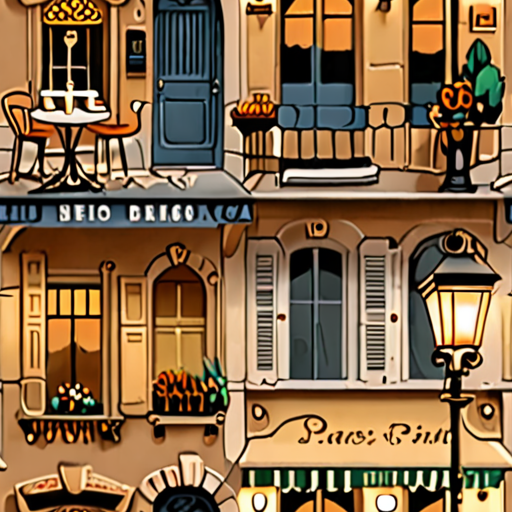
Classic French Food
We’re proud to share our love for authentic French cuisine, which has been a cornerstone of fine dining for centuries.
- French Onion Soup
- Coq Au Vin
- Escargot
- Beef Wellington
- Ratatouille
- Nicoise Salad
- Crepes
- Quiche
- Cassoulet
These iconic dishes showcase the diversity and richness of French cooking, from hearty stews to elegant pastries.
Tips for Preparing Classic French Dishes
- Use high-quality ingredients, such as fresh vegetables and tender meats.
- Pay attention to technique, whether it’s sautéing onions or folding pastry dough.
- Don’t be afraid to experiment and add your own twist to traditional recipes.
- Practice makes perfect, so don’t be discouraged if your first attempts don’t turn out exactly as expected.
Recommended Resources for Learning More About French Cuisine
- The Joy of Cooking
- Larousse Gastronomique
- French Chef Jacques Pépin
- Bon Appétit Magazine
Whether you’re a seasoned chef or just starting to explore the world of French cooking, we hope these recommendations inspire you to create delicious meals that bring people together.
Three Basic Types of Cuisine in France
As a lover of French cuisine, I’m excited to share with you the three main classes that define this exquisite culinary tradition.
-
Haute Cuisine
Also known as high cuisine, Haute Cuisine is the most refined and sophisticated type of French cooking. Characterized by intricate preparations, elaborate presentation, and exceptional ingredients, Haute Cuisine is often associated with fine dining restaurants and special occasions.
Some notable examples of Haute Cuisine dishes include Coq au Vin, Bouillabaisse, and Tournedos Rossini.
-
Provincial Cuisine
Provincial Cuisine refers to the traditional cooking styles found in various regions of France. These regional specialties often feature local ingredients, simple preparation methods, and hearty portions. Some popular examples of Provincial Cuisine include Cassoulet from Languedoc-Roussillon, Ratatouille from Provence, and Quiche Lorraine from the Loire Valley.
These dishes showcase the diversity and richness of French cuisine, reflecting the country’s history, culture, and geography.
-
Nouvelle Cuisine
Nouvelle Cuisine, which translates to “new cuisine,” emerged in the late 20th century as a reaction against the richness and complexity of traditional French cooking. Characterized by lighter flavors, fresher ingredients, and creative presentation, Nouvelle Cuisine emphasizes simplicity, elegance, and innovation.
Some iconic Nouvelle Cuisine dishes include Foie Gras Torchon, Steamed Fish with Fennel and Orange, and Roasted Vegetables with Balsamic Glaze.
Each of these three classes offers a unique perspective on French cuisine, reflecting the country’s rich culinary heritage and its ongoing evolution.
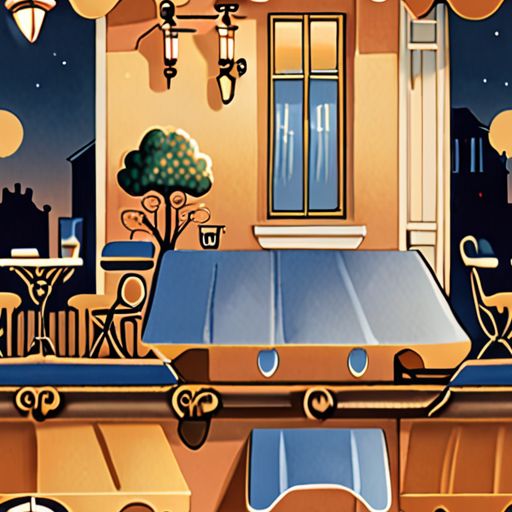
Discover the Most Popular Foods in France
As a culinary enthusiast, I’m excited to share with you the three most beloved dishes in French cuisine.
- Cassoulet
- Ratatouille
- Coq au Vin
A slow-cooked casserole originating from the south of France, typically made with white beans, meat (usually pork sausage), and sometimes lamb.
Try our recipe for Cassoulet here .
A hearty vegetable stew from Provence, featuring eggplant, zucchini, bell peppers, onions, garlic, and tomatoes.
Get inspired by our Ratatouille recipe here .
A classic braised chicken dish cooked in red wine, mushrooms, onions, and bacon, resulting in tender and flavorful meat.
Experience the authentic taste of Coq au Vin with our recipe here .
These iconic French dishes have captured the hearts and palates of locals and visitors alike, and we’re proud to offer them on our menu.
Visit us today and indulge in these culinary masterpieces!
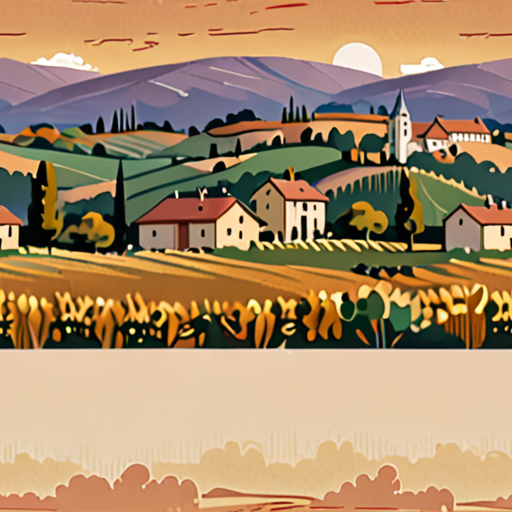
Whats the Difference Between Modern French Cuisine and Classical French Cuisine?
As a chef and owner of Memories restaurant, I’m often asked about the differences between modern French cuisine and classical French cuisine.
- Classical French cuisine is characterized by its emphasis on rich flavors, intricate preparations, and high-quality ingredients.
- Modern French cuisine, on the other hand, has shifted towards lighter, fresher flavors and a greater emphasis on seasonal ingredients.
In my opinion, the key difference between these two styles lies in their approach to cooking.
- Classical French cuisine relies heavily on traditional techniques and methods, such as sauce making and roasting.
- Modern French cuisine, by contrast, incorporates a wider range of international influences and techniques, such as grilling and pan-searing.
At Memories restaurant, we strive to balance the richness of classical French cuisine with the freshness and simplicity of modern French cuisine.
- We offer a variety of dishes that showcase the best of both worlds, from our signature duck confit to our seasonal vegetable tart.
- Our menu is constantly evolving to reflect the changing seasons and the latest trends in French cuisine.
I believe that the beauty of French cuisine lies in its ability to adapt and evolve over time, while still remaining true to its core principles and traditions.
The Future of French Cuisine
As a chef and restaurateur, I’m excited to see where the future of French cuisine takes us.
- I predict that we’ll continue to see a shift towards lighter, fresher flavors and a greater emphasis on sustainability and locally sourced ingredients.
- I also expect to see a growing interest in plant-based cuisine and vegan options, as well as a renewed focus on traditional French techniques and methods.
At Memories restaurant, we’re committed to staying ahead of the curve and pushing the boundaries of what’s possible in French cuisine.
Conclusion
Whether you’re a seasoned foodie or just discovering the joys of French cuisine, I hope this article has given you a deeper appreciation for the differences between modern and classical French cuisine.
At Memories restaurant, we invite you to come and experience the best of both worlds for yourself.
The Staple Food of France
Bread is undoubtedly the staple food of France, playing a central role in the country’s cuisine and culture.
- From crusty baguettes to rustic breads, France offers a diverse array of bread varieties that cater to different tastes and preferences.
- Bread is often served as a side dish, accompanied by cheese, meats, and spreads, making it an integral part of French meals.
- French bakeries, known as boulangeries, are famous for their freshly baked bread, which is typically made from high-quality ingredients and traditional techniques.
- The art of bread-making in France dates back centuries, with each region developing its unique bread-making traditions and specialties.
In addition to bread, other staple foods in France include:
- Meat, particularly beef, pork, and lamb, which are often slow-cooked in stews and braises.
- Cheese, such as Camembert, Brie, and Roquefort, which are prized for their rich flavors and textures.
- Fruits and vegetables, which are often used in salads, soups, and sauces.
- Potatoes, which are a staple ingredient in many French dishes, including fries, mashed potatoes, and potato gratin.
At Memories Restaurant, we take pride in serving authentic French cuisine that showcases the country’s rich culinary heritage.
We source our ingredients from local suppliers whenever possible and work closely with our chefs to create menus that reflect the diversity and richness of French cuisine.
Whether you’re in the mood for a classic baguette sandwich or a hearty beef stew, our menu has something for everyone.
Learn more about our menu and culinary offerings.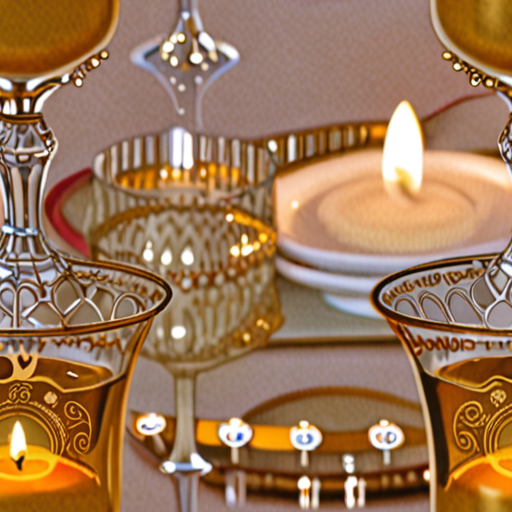
What is French Classical Menu?
A French classical menu is a traditional multi-course meal originating from France, typically consisting of 17 courses, ranging from appetizers to desserts.
- The menu starts with hors d’oeuvres, which can include small bites such as foie gras, caviar, or oysters.
- The soup course, or potage, includes various types of soups, from clear broths to thick pureed soups.
- The fish course may feature dishes such as sole meunière or poached salmon.
- The meat course often includes roasted meats like beef Wellington or duck l’orange.
- The game course may feature dishes such as venison or wild boar.
- The cheese course offers a selection of artisanal cheeses, often paired with fruit or crackers.
- Desserts can include classic French pastries like crème brûlée or tarte tatin.
At Memories Restaurant, we offer a variety of French classical menus, carefully crafted to showcase the richness and diversity of French cuisine.
We take inspiration from renowned chefs and restaurants around the world, incorporating modern twists and flavors into our traditional dishes.
Our commitment to using only the freshest ingredients ensures that every bite is a delight for the senses.
Whether you’re a seasoned foodie or just looking to try something new, our French classical menu is sure to impress.
Key Features of Our French Classical Menu:
- Traditional French cuisine with modern twists
- Fresh, high-quality ingredients
- Carefully crafted dishes to showcase the richness of French cuisine
- Variety of options to suit every palate
Conclusion:
At Memories Restaurant, we pride ourselves on offering an exceptional dining experience that showcases the beauty and sophistication of French classical cuisine.
With our carefully crafted menu and commitment to using only the freshest ingredients, we invite you to join us for a truly unforgettable culinary journey.
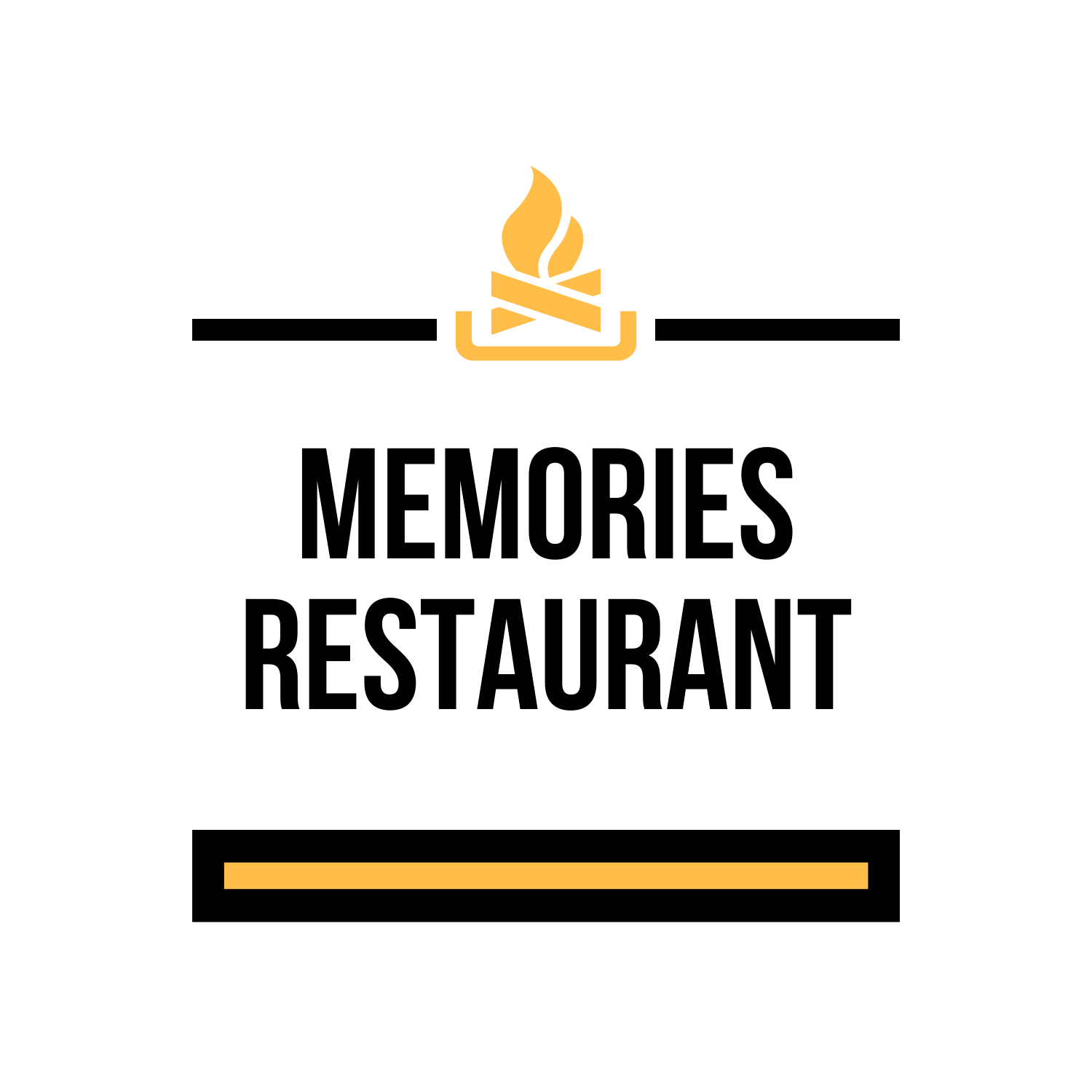
0 Comments